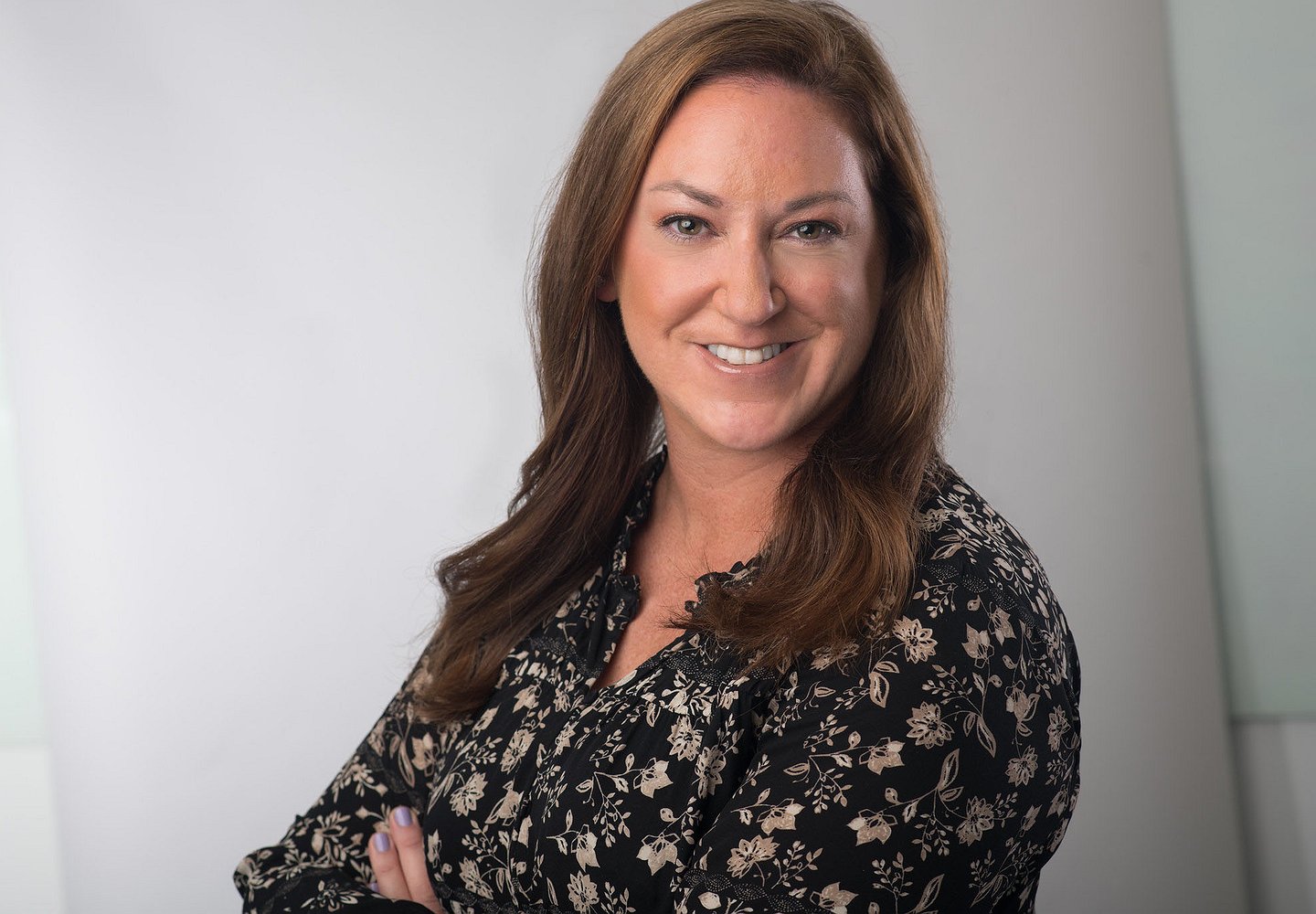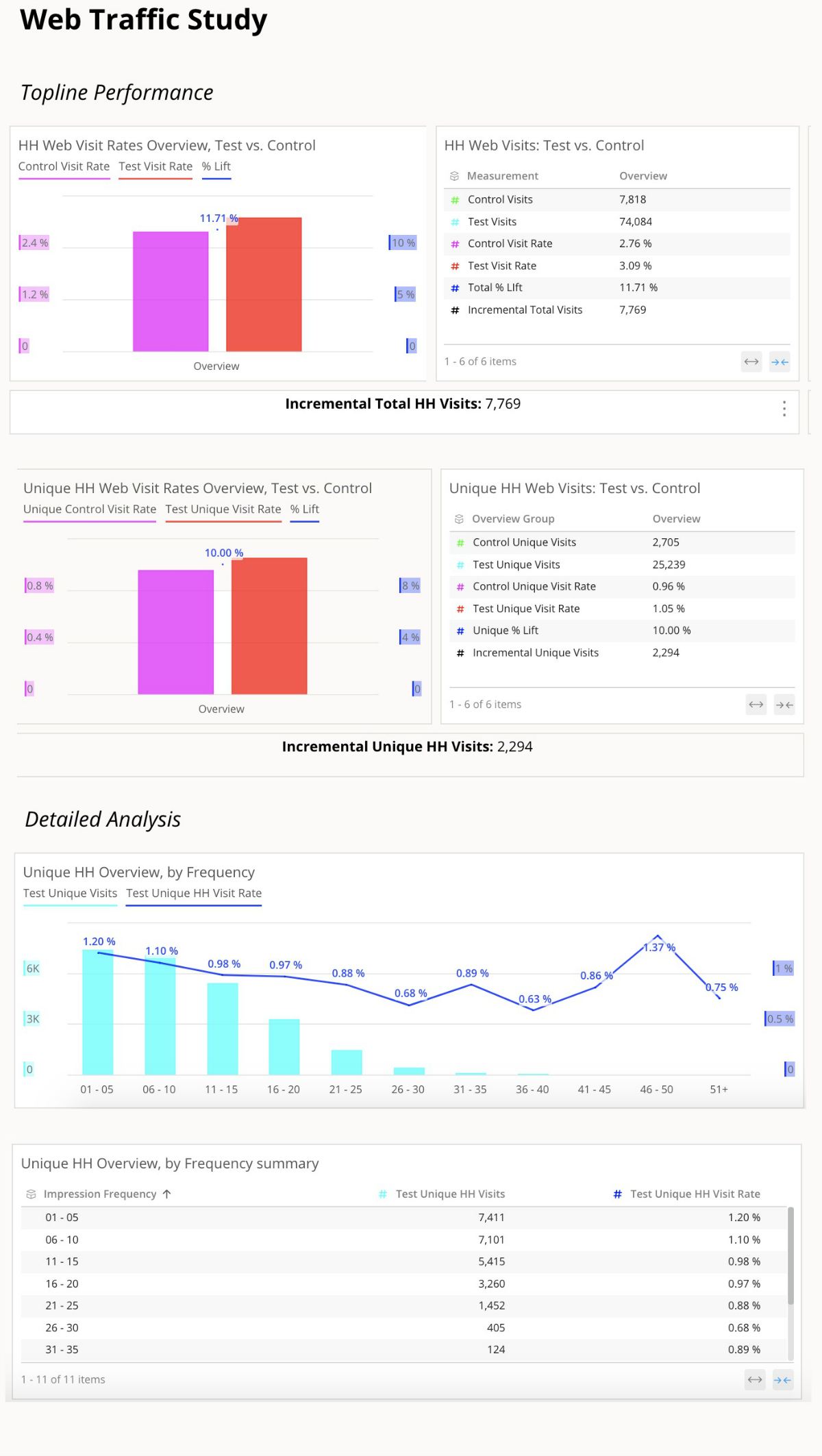Changes in the media ecosystem didn’t start with the
pandemic. In fact, some aspects of media buying and selling have been in
discussion since the 1990s including Advanced advertising, according to
Research futurist Bill Harvey, who has been touting the concept of advanced
advertising since then.
Harvey
participated in a recent Myers Collective Leadership conversation on the future
of Advanced TV with a panel that included Kevin Arrix, Senior Vice President, Dish
Media Sales, Jamie Power, Chief Operating Officer, Cadent,
Marcien Jenckes, President of Advertising, Comcast
and moderated by Jack Myers, Founder of MediaVillage.
The Addressable Market Landscape Today
Myers
launched the panel with an opinion that I believe many of us share in the
industry. “I have been studying the advanced, interactive, VOD, addressable
market for a long time,” he began, “and truthfully, I’m not all that clear on
who’s who and what’s what.” There is a litany of companies in the media space,
who seem to offer opportunities that can overlap or conflict or split the
market. “Help me understand the dynamics,”
he asked.
For Powers,
one of the reasons that there might be some confusion is, “because we over
complicate it.” In looking at the current set top box addressable marketplace
with the MVPDs, she explained that there is, “Ampersand that has about 60% of
the addressable households … then you have Dish and then Xandr,”
which, combined, rounds out to the rest of the 40% of the country. She then
noted that they have expanded to IP addressable to get their clients full reach
in television. Cadent’s role is that they have, “created a platform to make it
easy to execute across all the different screens and channels with consistent
workflows and universal data, to get measurement aggregated all in one place”
she stated.
“It’s worth
noting,” added Arrix, “Advanced television is a holistic category. I would
define it as anything that is data driven. I think Addressable is a part of the
Advanced television marketplace. From my point of view addressable is defined
as deterministic. That is the line that makes something addressable or not.” Ampersand,
Dish and Xandr all have deterministic, set top box data, he noted, adding
Sling, ATT TV Now, YouTube TV, Google Live and Fubo TV that are also subscriber
based MVPDs.
Jenckes
believes that the competitive set within advanced television is complementary because,
“different distributors reach different households. So in order to reach the
full US market you have to figure out ways to work across them.” He agreed with
Arrix that, “there are other new forms of distribution that are emerging, like
Roku which is a virtual distributor in some sense and there are others with
addressable capabilities out there.” He added that once the national networks
are enabled, we should expect significant growth in the amount of addressable
inventory available in the marketplace.
“I agree
with everything that has been said. Addressable is the umbrella term and the
one type we have not called out yet is data-driven linear,” explained Harvey
who added, “All of this is aimed at better results for advertising. That’s the
whole point.” For Harvey, the topology maps out as such: MVPD addressability
through a switch from the set top box and the Connected TV which can be a Smart
TV or a connected device. The challenge from a data standpoint (which is
something Nielsen
and Project OAR is tackling) is how to best combine different data streams
(such as from a smart TV in a local household or from terrestrial and satellite
sources) that may have different latencies, delay times and black screens.
The Addressable Market Marketplace
So where is
addressable headed? Forrester predicted in 2000 that addressable advanced
television would be a $30billion industry in 2020. “Well here we are in 2020,”
Myers noted, “and it’s significantly less. It’s a fraction of that.” He added
that, “our forecasts are that in 2025 it will represent about 8-10% of the
television ad revenues which will be significant growth but not the $30billion
that Forrester recommended we would have today.“ Considering how off
predictions were in 2000, one could be forgiven for being a bit skeptical about
the robustness of addressable revenue growth in the next few years.
And yet, Jenckes
believes that the biggest barrier to addressable growth – the technological
challenge of switching from programming to ads - has now essentially been
solved. But, he added, “the limitations we are having right now are around the
amount of inventory we have available,” which is the two minutes an hour for
addressable but even then, this inventory is often used in other ways. “So the challenge
is how you improve inventory and how you manage yield. You can sell the
inventory in a lot of different ways. I can sell a full spot at a set CPM or a
much narrower sliver of that spot for a higher CPM but as the owner of the
inventory I have to figure out which is best and how I optimize the value of
that.”
The final
challenge, Jenckes added, “is measurement and the biggest issue around
measurement has been the historical restrictions that Nielsen has imposed on us
as an industry,” Addressable is easy to measure because it is impressions based.
The challenge is to measure, “the under addressable part of the campaign. What
happens to the rest of the spot? Since Nielsen is panel based, if one of the
panelists happens to get a different ad it breaks the model because Nielsen
doesn’t know if that is one impression or a lot of impressions represented by
that one panelist. There is a lot of work that needs to happen on that front,”
he concluded.” But,” he then added, “these hurdles have been coming down. There
has been a lot of progress around standards, around enablement and even on the
measurement front although I think that will be the last frontier.”
For Powers, “the
opportunity of addressable has been around for years. But agencies haven’t done
it because we haven’t invested in the ad tech,” to facilitate the consistent
measurement across platforms and services. In addition, “as a marketplace we
are not articulating what the value-proposition is. We are over-complicating
it. Advertisers and agencies are not understanding it.” She advocates for the
creation of standards and a common currency. "If we cannot even agree … it
makes it really confusing and there is not trust in the marketplace to try it.”
According to
Arrix, “The key to the future is all about interoperability. The technology is
getting better, the process is getting better. There has been a significant
amount of progress made in the last few years.” That, with the recognition by
the industry that, “data-driven advertising is just smarter,” is leading the
industry to a growth surge for addressable.
The Future of Addressable
Propelling a
robust future for addressable is data and measurement. In the past, the
industry was wedded to the Nielsen panel. “But,” as Harvey pointed out, “right
now there is more data each individual party has. The data is now disaggregated
into these silos and if we put them all together we have the measurement system
of the future. We don’t need panels except for nuances like co-viewing
projections and stuff like that. Eventually that goes away too.” He admonished
the industry to, “work together. Not just say it like we used to do but
actually do it.”
That is the
underlying structure for the business. “The big money comes when we get the
network inventory. The two minutes an hour is not going to make it a big
business. The $30billion comes as soon as you start switching to network
addressable,” Harvey concluded.
“It is at
the beginning of the game,” Arrix noted. “We see two paths right now. There is
the true addressable path where you are breaking up the linear spot into
impressions and you end up having the 80/20 rule with the 20% as the target and
the 80% is the underlying impressions that you have to figure out how to
monetize. That is how we operate now in our addressable business. The other
initiative is creative versioning where you are not breaking up the linear spot
but you are using deterministic data to deliver the right creative to the right
household.”
But the
stakes are high and the future is not assured if we all can’t come together as
an industry to create standards and work together. “My fear is that unless we
do that, we will be relegated to … the weakest player within television,” Jenckes
warned. “And if that’s the case, we can all start the clock right now for the
full and predictive demise of TV folks have been talking about for a long time.
The good news is that because of the progress we’ve had, I don’t think that is
going happen. There is a path and it requires collaboration.”
When it
comes to business during the pandemic, “is business a bit little softer than
usual? Yeah. But I don’t think COVD has a major effect on this,” Powers stated,
“The same problems that existed before COVID, exist now. One thing that has
happened is that there are more eyeballs watching the television and we know
that we will pass the threshold (of 50%) at the end of this year from linear to
non-linear viewing. Data is the only thing that is going to win in this
marketplace.”

 Rachel Herbstman always had an interest in
advertising and psychology and discovering, as she explained, "why
people make the decisions that they make and how brand packaging and
commercials impact decisions." Her first job out of college was in
performance-based buying at a DR agency, "focusing on performance-based
KPIs, as well as branding and efficiency," and then on to Modi Media, a
division of
Rachel Herbstman always had an interest in
advertising and psychology and discovering, as she explained, "why
people make the decisions that they make and how brand packaging and
commercials impact decisions." Her first job out of college was in
performance-based buying at a DR agency, "focusing on performance-based
KPIs, as well as branding and efficiency," and then on to Modi Media, a
division of 
